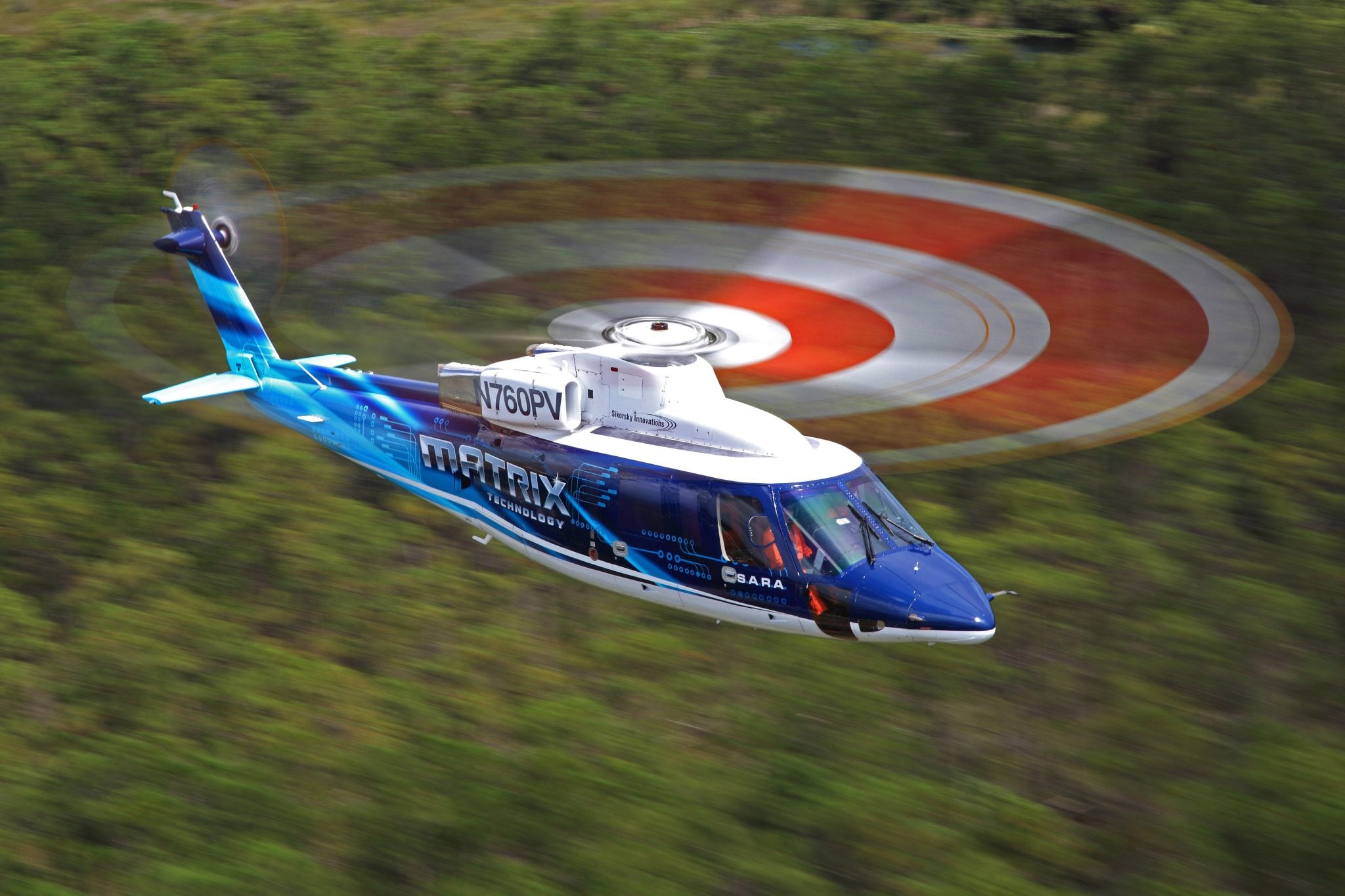 |
| The Sikorsky Autonomy Research Aircraft equipped with Matrix technology. Photo: Sikorsky |
[Avionics Today 01-20-2016] Carnegie Mellon University (CMU) and Sikorsky have completed a joint autonomy demonstration that proved the capability of new, ground-air cooperative missions between unmanned vehicles. The demonstration used a fly-by-wire UH-60MU Black Hawk helicopter enabled with Sikorsky’s Matrix technology and CMU’s Land Tamer autonomous Unmanned Ground Vehicle (UGV). Such missions could prevent warfighters’ exposure to hazardous conditions, such as chemically or radiologically contaminated areas, according to Sikorsky and CMU.
“The teaming of Unmanned Aerial Vehicles (UAVs) and unmanned ground vehicles, as demonstrated here, has enormous potential to bring the future ground commander an adaptable, modular, responsive and smart capability that can evolve as quickly as needed to meet a constantly changing threat,” said Paul Rogers, director at the U.S. Army Tank Automotive Research, Development and Engineering Center (TARDEC).
The demonstration was for TARDEC, through the Robotics Technology Consortium, which sponsored the Extending the Reach of the Warfighter through Robotics (ERWR) project.
Over the course of more than six miles, the UGV autonomously navigated the environment, while using its onboard chemical, biological, radiological and nuclear (CBRN) sensors to detect simulated hazards and delivered this information back to a remote ground station. The UGV was optionally teleoperated to explore hazard sites in greater detail, when necessary.